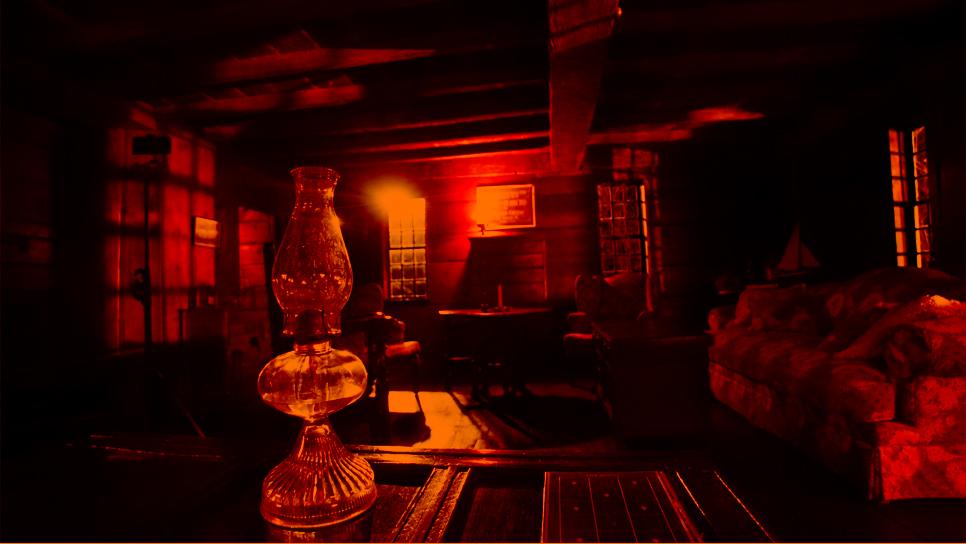Monday, December 30, 2019
That old Albanian witchcraft legend in Val Camonica
.
During the sixteenth century, it is estimated that there were approximately 30,000 people living in the Val Camonica, then part of the Venetian Republic. Out of that number, about 10,000 were adherents of native paganism aka "Camunian witchcraft." I would guess that the whole of the Brescian Tri-Valley, the region of the Bergamo Alps, the Valtellina, and the Val Chiavenna probably had a similar ratio of Roman Catholics to native pagans. There apparently were no problems with between the two. Many times rural Christians had old folkways which would have looked very pagan, or many pagans have long used Christian symbolism. For example, the "cult of Mary" is heavily conflated with the Goddess Diana.... whom was called the Goddess Mona in Camunian; "Mon" being the ancient word for Moon. Separate from the ancient roots of Camunian witchcraft, there was another somewhat unsubstantiated legend of another old tradition.
During the Ottoman/Islamic invasion of the western Balkans in mid to late fifteenth century, fairly large numbers of pre-Ottoman Albanians of Illyrian origin--purportedly all Christian--were settled in southern Italy; the Arbëreshë. According to some old Venetian records, but apparently not written in the official historical narrative anywhere, the Venetians accepted a small number of Albanian refugees. Not knowing what to do with them, they just brought them inland and sent them into the Camunian mountains. Perhaps the number was so small that it was neglected by the history books, but according to Venetian and Church authorities some of them were adherents of what they called "witchcraft." They were blamed for the upsurge in what they considered the scourge of ungodly activity in the Val Camonica. Were they just a convenient scapegoat to justify sending an army of Venetian soldiers and Church inquisitors up into the mountains to forcefully reestablish Church rule?
.
We'll probably never know, but it's possible that the native pagans at least made some attempt to keep outward displays of their traditions to a minimum. It's also possible that the Albanian pagans did not, so it may have been a combination of the two. The church and state may have wanted to do something about it before, and this allowed them a pretext to action, which one-way-or-another ultimately culminated in the Val Camonica witch trials; perhaps also the witch trials in the Valtellina as well. Aside from the various church complaints that witches' spells had brought droughts, injury, pestilence, fires, and general Satanic heresy, they also mentioned what seemed to be an upsurge of a particular "evil sect." Could that have been the Albanian witches?; or was it merely more of the synergistic bluster they used to galvanize themselves into action?
In the Alps, in the Balkans, and in seemingly every corner of Europe, there was the ancient witch-cult from somewhere very deep in the history of the Proto-European people. In ancient Greece, there was the Hecatean tradition which predated the Olympian pantheon of gods. In central Italy, there were similar traditions which predated the Romans.. and even the Etruscans. In Scandinavia, there was a similar tradition which predated the Vikings, and so on. A tradition before the Mediterraneans, before the Teutons, before the Celts, Slavs.... back beyond the last glacial movement to the mysterious Proto-Europeans.
"Witchcraft has no origin, it has always been with us."
-- Leo Ruickbie, 'Witchcraft Out of the Shadows: A History'
.
Subscribe to:
Post Comments (Atom)



No comments:
Post a Comment